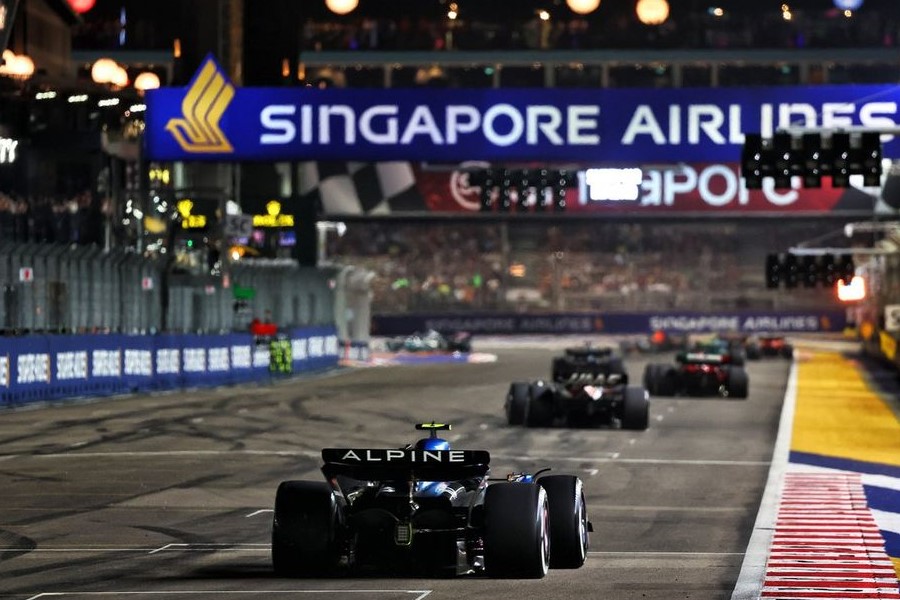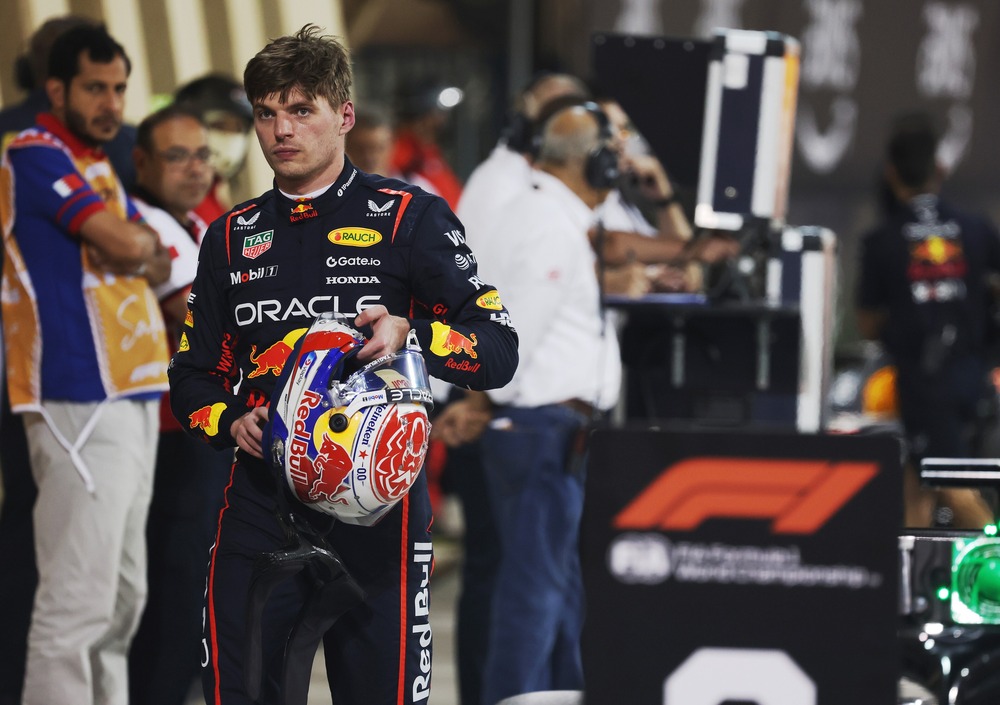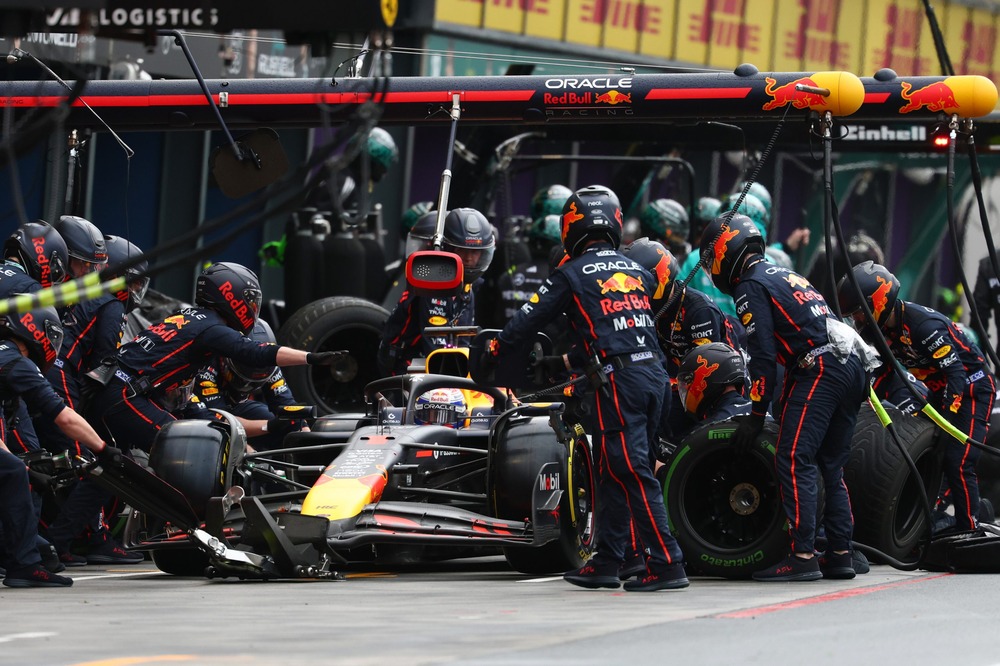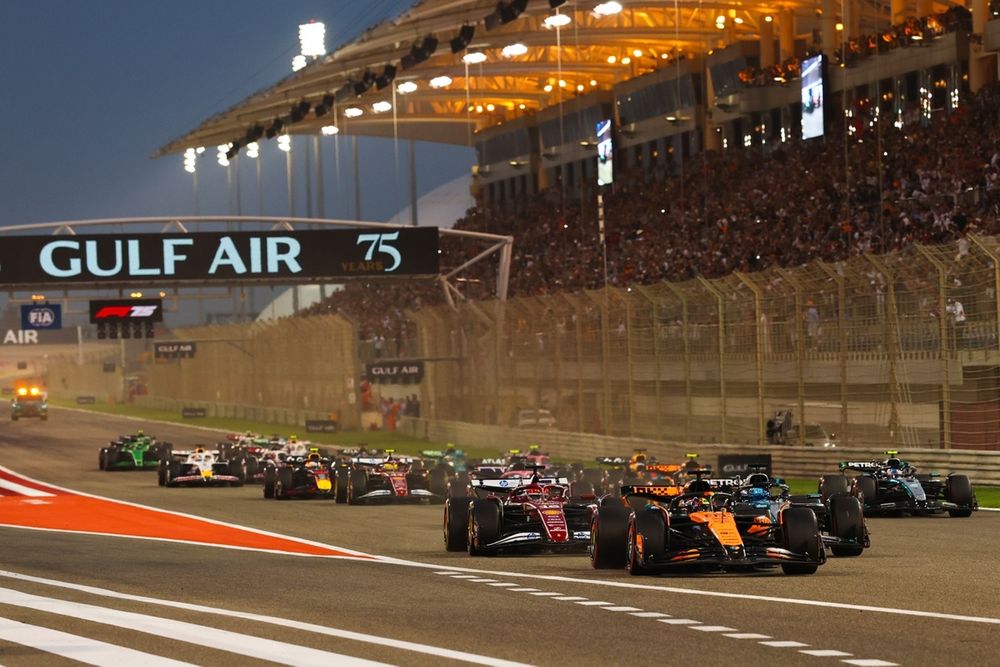The FIA has officially confirmed the addition of a fourth DRS zone for the upcoming 2024 Singapore Grand Prix.
The new strategic improvement aims to bolster overtaking opportunities on the Marina Bay Street Circuit, a track known for its challenging layout and tight corners. The introduction of the new DRS zone is expected to significantly alter the dynamics of the race, making it a focal point for both drivers and fans alike.
The Singapore Grand Prix, first held in 2008, has undergone various modifications over the years to enhance racing action and improve safety. The most notable change occurred last season when sections of the track were reconfigured, resulting in a new 400-meter straight where Turns 16 to 19 previously existed.
This change not only streamlined the circuit but also reduced lap times significantly. In fact, during last year’s race weekend, pole position times dropped by an impressive 5.3 seconds compared to the last dry qualifying session in 2019.
The overall race duration was also reduced by approximately 12 minutes, showcasing the effectiveness of these changes.
The newly introduced DRS zone for the 2024 Singapore Grand Prix will be situated between Turns 14 and 16, strategically positioned to maximize overtaking potential. This zone will allow drivers to open their rear wings and reduce aerodynamic drag, thereby increasing their speed as they approach the hairpin at Turn 14.
The detection point for this DRS zone will coincide with that of an existing zone, meaning that drivers who are within one second of their rivals at Turn 12 will have a dual opportunity to utilize DRS—first as they exit Turn 14 and again as they navigate through the right-left chicane at Turns 16 and 17.
This tactical advantage could lead to thrilling battles on track as drivers jockey for position.
The addition of a fourth DRS zone places Marina Bay Street Circuit alongside the Albert Park circuit in Melbourne as one of only two tracks on the Formula 1 calendar featuring four distinct zones.
The change comes after safety concerns initially delayed the implementation of the fourth DRS zone last season as drivers were apprehensive about navigating the flat-out left-hand kink at Turn 15 with their rear wings open, fearing it could lead to dangerous situations on track.
Despite these concerns, discussions among teams and drivers ultimately led to a consensus that implementing the change would improve racing without compromising safety.
In conjunction with the new DRS zone, several sections of the Marina Bay street circuit have been resurfaced, including areas between Turns 3 and 9, as well as between Turns 10 and 12. These improvements are designed to provide drivers with a smoother surface, potentially aiding tire performance and grip levels during both qualifying and race sessions.
The implications of these changes extend beyond mere overtaking opportunities; they also affect race strategy. With the pit lane speed limit reduced from 80 km/h to 60 km/h this year, teams must carefully consider their pit stop strategies.
The longer time spent in the pits could lead to significant time losses on track, making it crucial for teams to optimize their tire choices and pit timing throughout the race.
These changes reflect the FIA’s ongoing commitment to enhancing competitive racing and ensuring that fans are treated to exhilarating overtakes throughout the event. The hope is that these adjustments will encourage more aggressive driving strategies and create a more dynamic race environment.
In other news, official F1 tyre supplier Pirelli has confirmed they will bring their softest compounds—C3 (hard), C4 (medium), and C5 (soft)—at the 2024 Singapore Grand Prix, which will further improve racing action.






